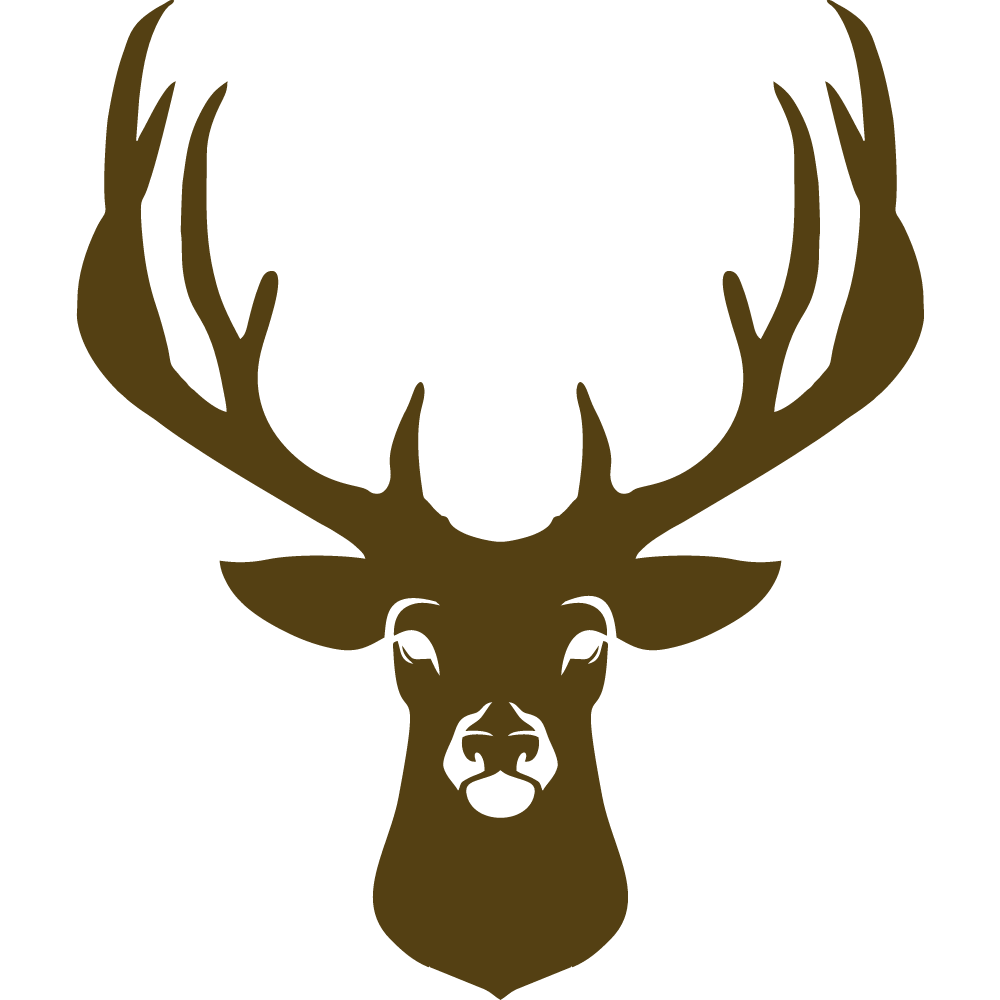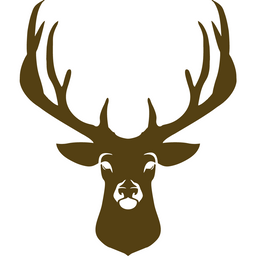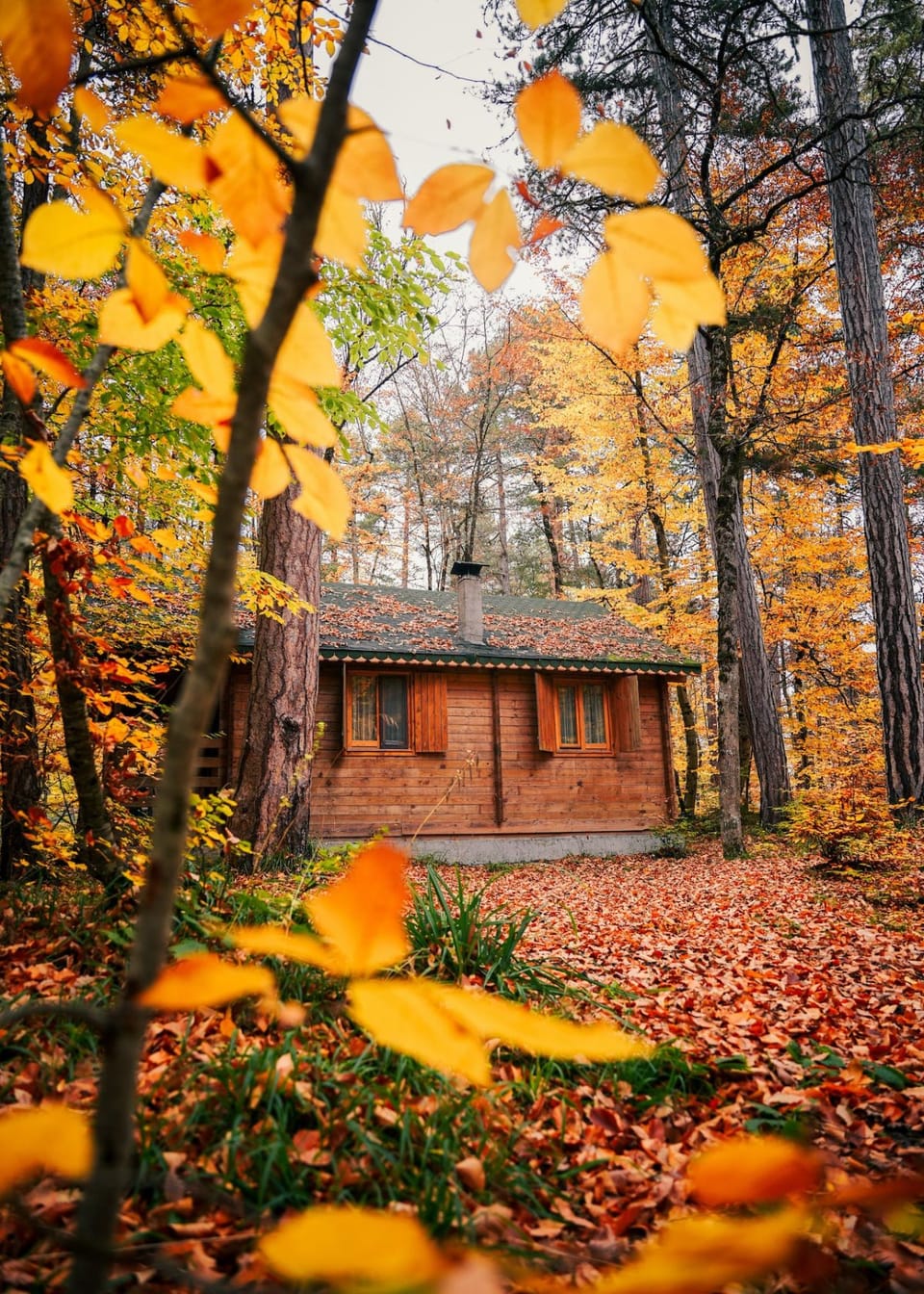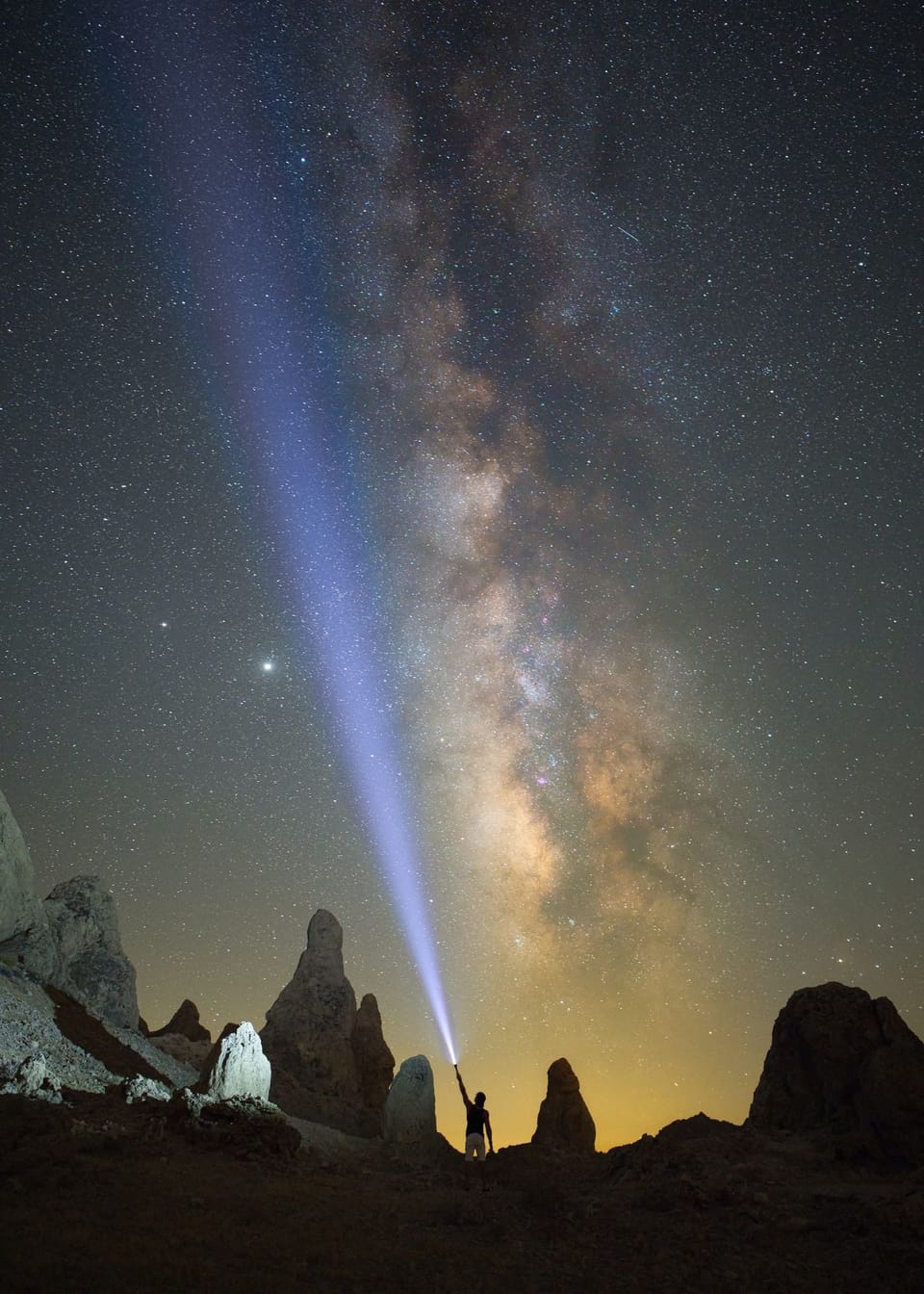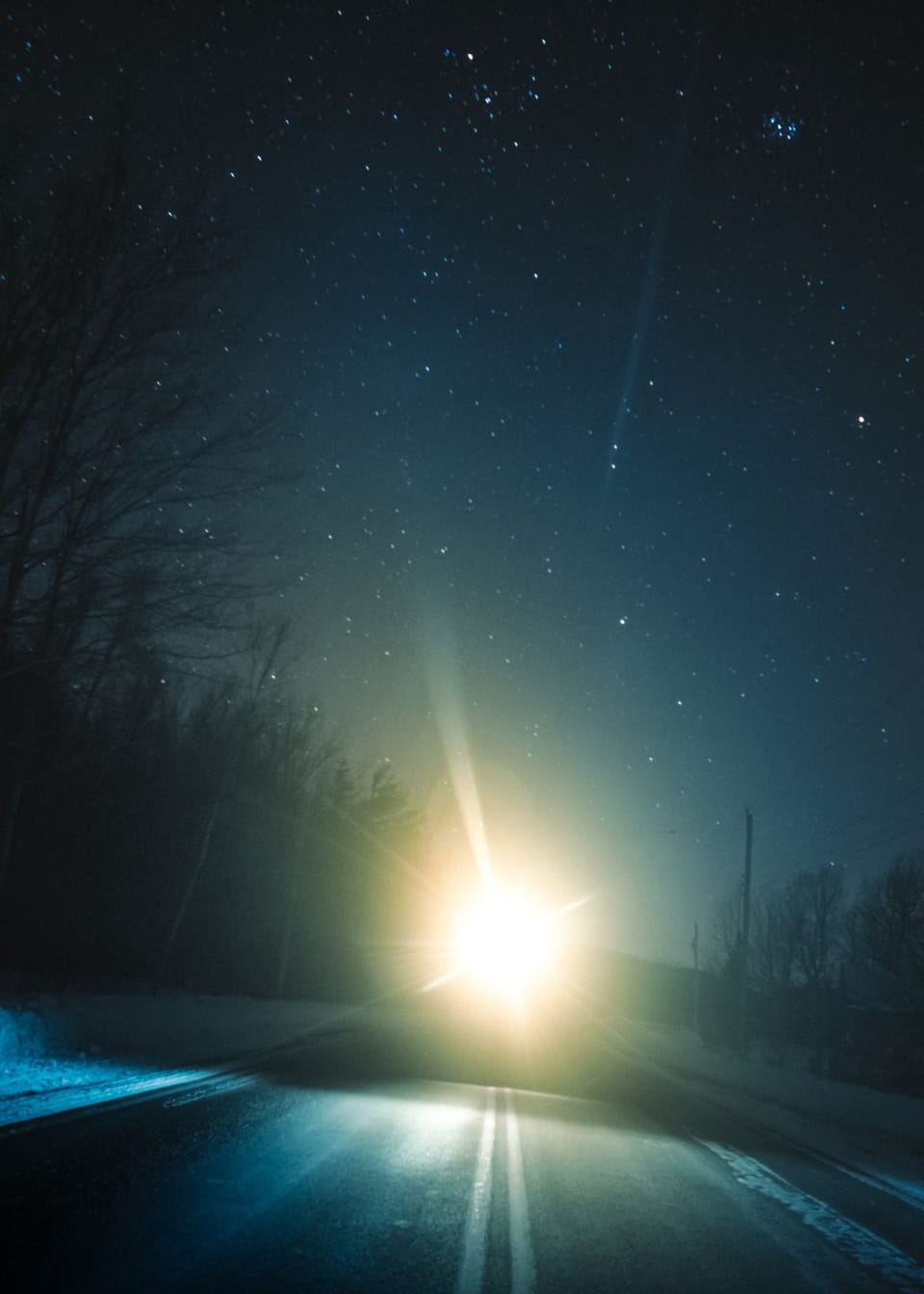How Much Is Too Much? Uncovering The Cost Of Creating Headshots!
Do you want to be more competitive in pricing your headshot photos? Read our guide and smile all the way to the bank.
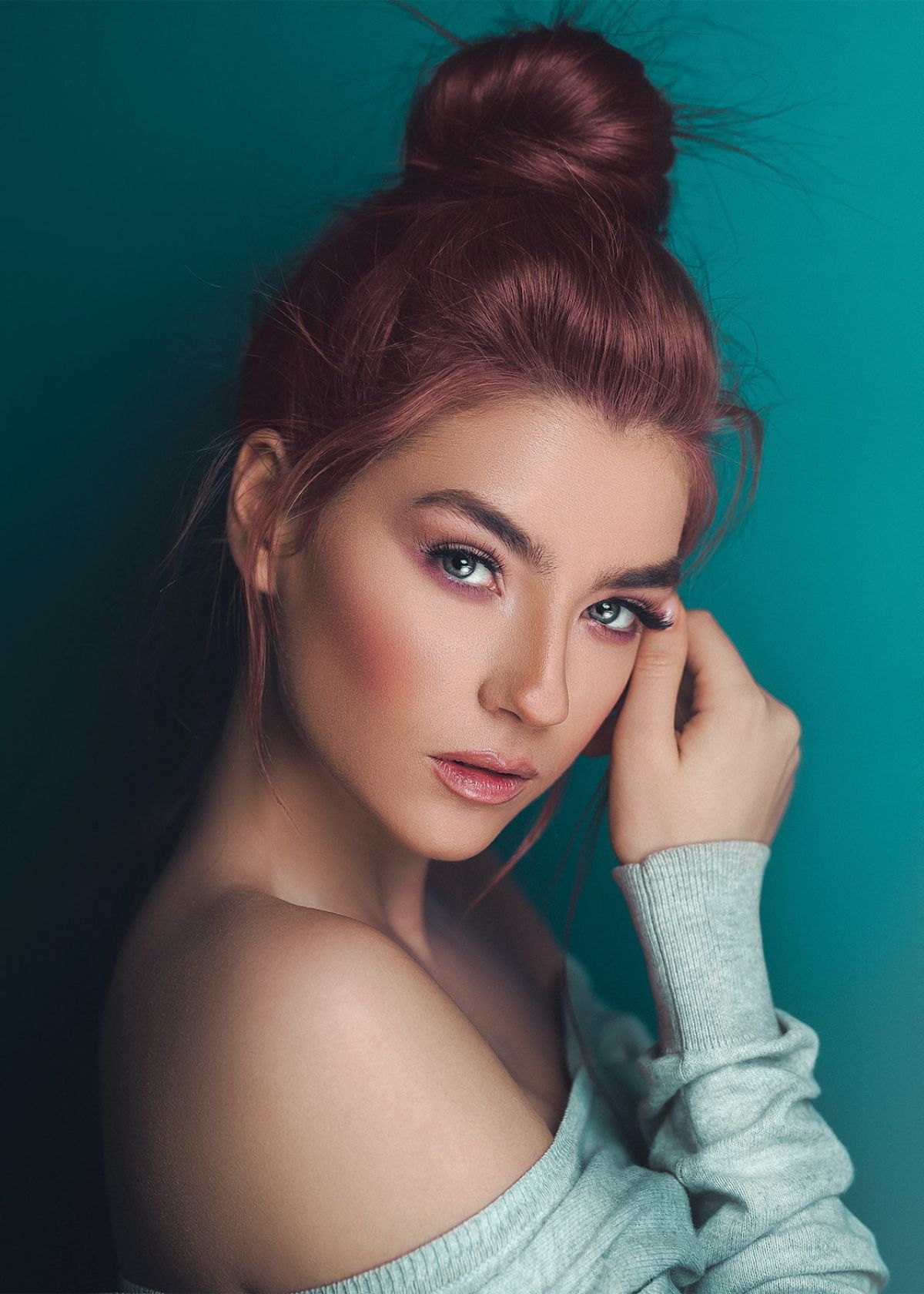
Are you the amazing photographer everyone is looking for?
With headshots photography, your skills will be on full display. Your work has a special quality that just can't be found anywhere else and people will pay top dollar to have your shots as part of their portfolio or profile.
Showcase your creativity and capture moments with incredible clarity - demand what you deserve!
When it comes time to negotiate prices for headshots, don’t settle for anything less than fantastic rates. Use our helpful guide to make sure you’re charging an appropriate fee that reflects both the quality of your work and the value of your service.
You’ll learn how much other photographers in similar situations are taking home so you can price competitively while still getting maximum compensation!

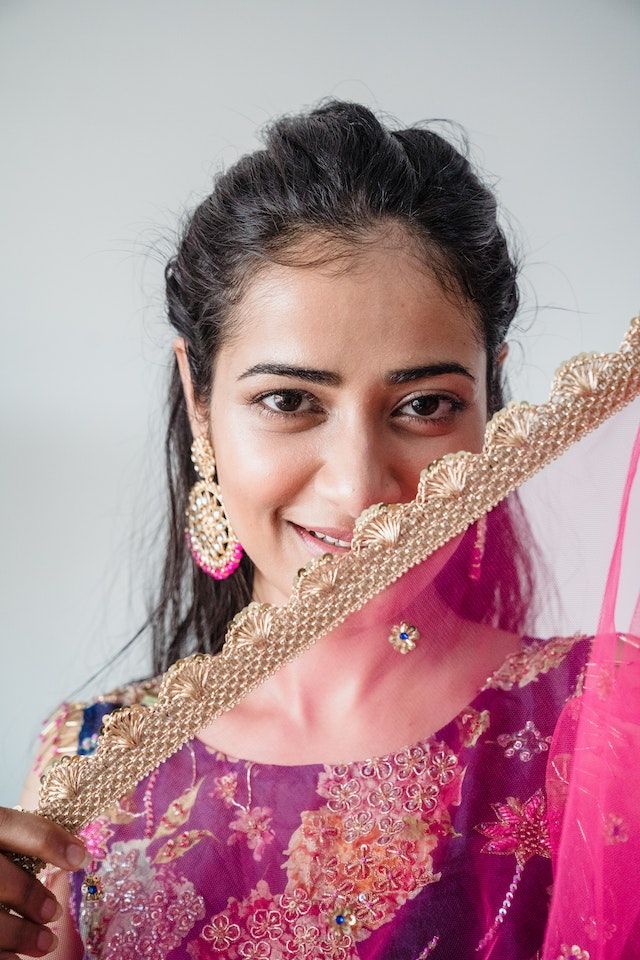
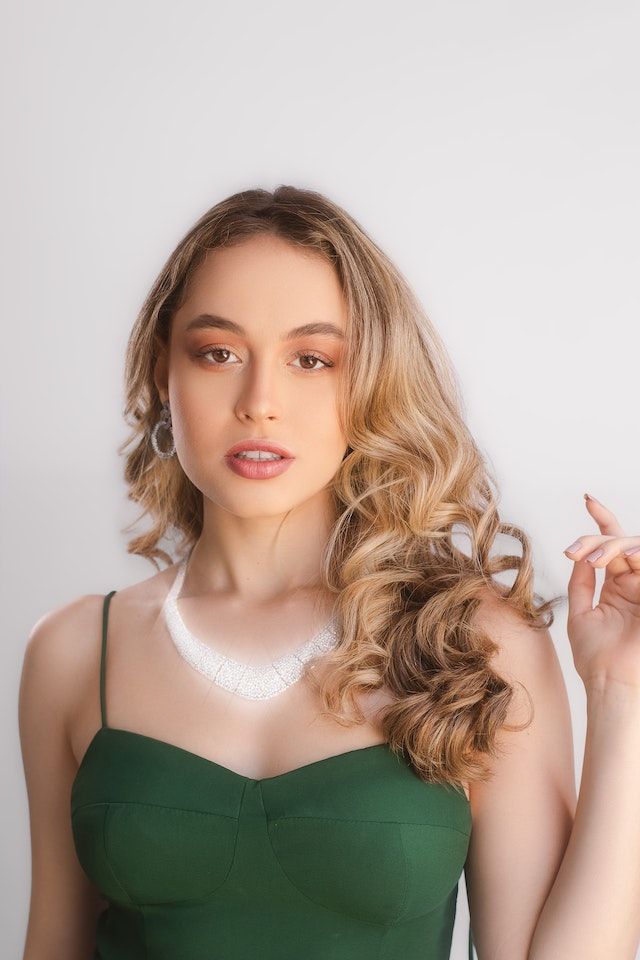
What Is Headshots Photography
Professional headshots are a type of portrait photography typically used for websites, press releases, publications, and social-media profiles.
The term “headshot” or “head shot” just means that the portrait photo is cropped somewhere in the middle torso – so that the focus is on your face.
Also referred to as a closeup shot of an individual's face, a headshot is one of the primary focuses for beginner and experienced photographers.
Perfecting Headshot Photography
Headshot photography is a great way to capture the personality and beauty of your subjects. After you’ve set up your equipment with the best light, backdrop, and posing techniques, it’s time to shoot!
Start by having your subject relax and prepare to take the photo. Make sure they are comfortable with their posture and positioning so that you can get a natural expression in the shot.
Once you have their attention, focus on capturing sharp details by using a wide aperture and shutter speed setting of 1/200th or above.
Finally, be sure to use manual white balance to ensure accurate colors in each shot. With these tips in mind, you’ll be ready to take beautiful headshots every time!
What Are The Types Of Headshots
There are a few different types of headshots you may be asked to take. These include:
- Traditional corporate shots
- Environmental portraits
- Personal branding images
Traditional corporate headshots are usually head and shoulders or half-body shots taken against a traditional background.
Environmental portraits are portraits taken in the natural environment of the subject. A realtor, for example, might request an environmental portrait taken in a house listed for sale. A makeup artist would request a portrait taken in her studio. They are usually head and shoulders or half body portraits but could be a different composition per your client’s request.
Personal branding images are more casual type of environmental portrait. These types of sessions create imagery for social media influencers that they can use to promote their business.
How Much Should I Charge For Headshots Photography
One strategy to use when you decide how to price headshots is to simply charge a flat fee for a set number of images. The advantage of this option is that you don’t have to get into the details of licensing with your client. You give them a single price that they can easily understand.
That’s not to say you can’t charge a different price for different use. You simply ferret out that use before you provide the quote.
One disadvantage of this strategy is that you might be leaving money on the table. If you don’t specifically draw out a licensing agreement and your client uses the image in ways you didn’t originally incorporate into your quote, there’s no way to recover that revenue.
As you set your prices, remember there is no real opportunity to upsell when it comes to headshot sessions. Occasionally a client might buy a second pose, but not very often. They pick their favorite and move on.
Rarely will they ever have a need for a canvas or print and rarely will they ever buy a whole gallery of headshots. So don’t plan on earning income on the back end of a headshot session. Charge what you need to upfront.
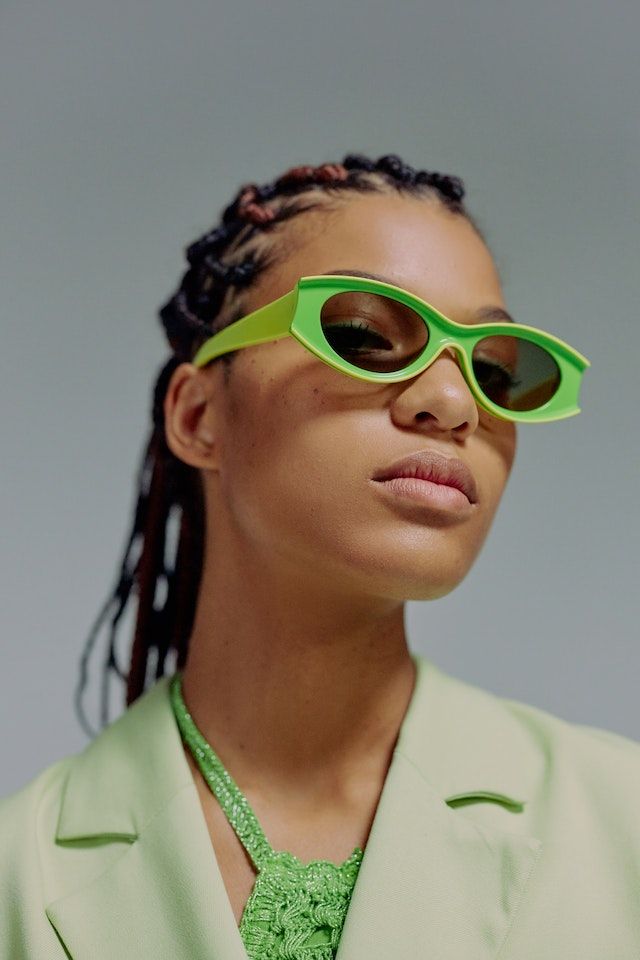
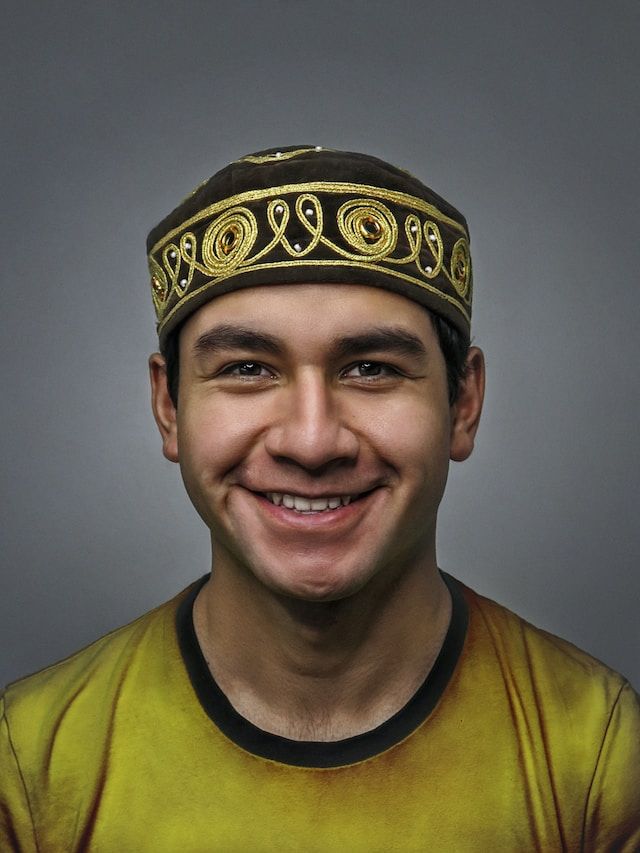
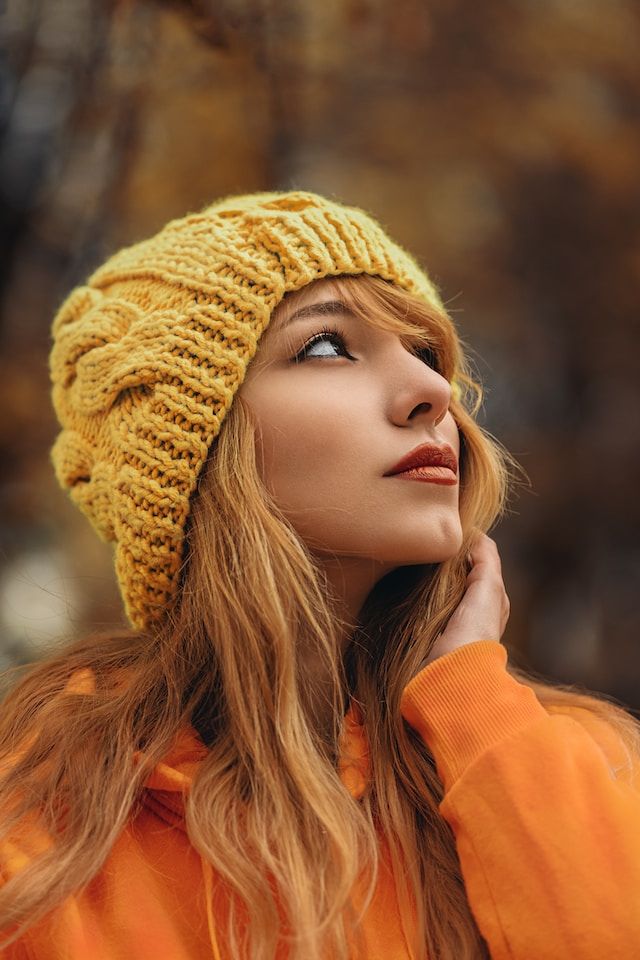
Headshots Photography FAQs
You need a professional headshot for your portfolio, but you don't know anything about headshots photography.
It's not easy to find a good photographer, especially if you're not sure what you're looking for in a headshots photographer.
We've put together this list of the most frequently asked questions about headshots photography to help make the process easier for you.
What kind of lens should I use for headshot photography?
The best lens to use for headshot photography is a short telephoto lens (85mm or longer). These lenses allow you to get close enough to your subject while providing enough separation between your subject and the background.
The wide aperture of these lenses also gives you more control over the amount of light entering the camera, allowing you to create beautiful bokeh blur in the background of your headshots.
These lenses produce sharp images with excellent detail, making them ideal for capturing subtle expressions on your subject's face.
How do I make sure my backgrounds are flattering?
To make sure your backgrounds are flattering, you should consider the colors and textures of the background as well as how they fit into the overall composition.
Choose colors that create contrast with your subject to draw attention to them without overpowering them. Also, look at the texture of your backdrop – a smooth, flat surface will ensure that any patterns or colors won’t compete with your subject.
Pay attention to the lighting to create a pleasing effect; choose soft lighting for an even illumination or directional lighting for more dramatic results.
Think about how the background relates to your subject; for instance, pick something that has a similar scale or color palette to help bring out the best in both elements.
What camera settings should I use?
When choosing camera settings, it is important to consider several factors, such as the light conditions, the subject of your shot, and the desired effect you want to create.
If you are shooting outdoors on a sunny day, use a low aperture (f/16 or below) for depth of field and an ISO setting that suits your lighting conditions. If you are shooting in dimly lit areas, use a higher aperture (f/2.8 or higher) to let more light into your shot and increase your ISO accordingly.
It's also important to select an appropriate shutter speed; if you are shooting a still object, use a slower shutter speed to get more blurry around the edges of your image; if you're capturing motion, use a faster shutter speed to freeze the action.
Depending on the type of photo you're taking and its purpose - whether it be for editorial or artistic purposes many other settings can be adjusted as well.
How can I light my subjects properly?
To light your subjects properly, it is important to first understand the principles of lighting.
To start, you need to identify what type of lighting you will be using and determine whether you will be using artificial or natural light sources.
Artificial lighting can include anything from studio strobes, flash units, and continuous lights for a variety of purposes.
Natural lighting involves taking advantage of available natural light sources like the sun or ambient light in a room. Once you have identified your desired type of light source, you will need to consider the quality of the light and its direction in your subject.
You can create soft or hard lighting effects depending on how close or far away the source is from your subject.
What tips can I use to make my subjects feel comfortable?
One of the best tips to make your subjects feel comfortable is to create a relaxed and open atmosphere. Start by introducing yourself and explaining the purpose of the session.
Ask your subjects questions to get them talking and be sure to listen attentively. If the subject is feeling shy or anxious, try breaking the ice with some light conversation before diving into the main topic.
Ensure that any equipment you are using such as cameras or lights is positioned correctly so that it does not interfere with your subject’s comfort levels. Provide regular breaks for more relaxed conversations and encourage your subject to tell stories about themselves.
Finally, assure them that their input will be valued and respected throughout the process, which can help build trust between you and your subjects.
In conclusion, charging for headshot photography is a personal decision that should take into account your experience, equipment, location, and the type of clients you wish to attract.
Whether you choose to go the hourly route or charge per session, make sure you’re offering fair prices that reflect your value and the quality of your work.
We've done the research so you don't have to! To browse our Top Picks for Best Tripod Case please click the link below!
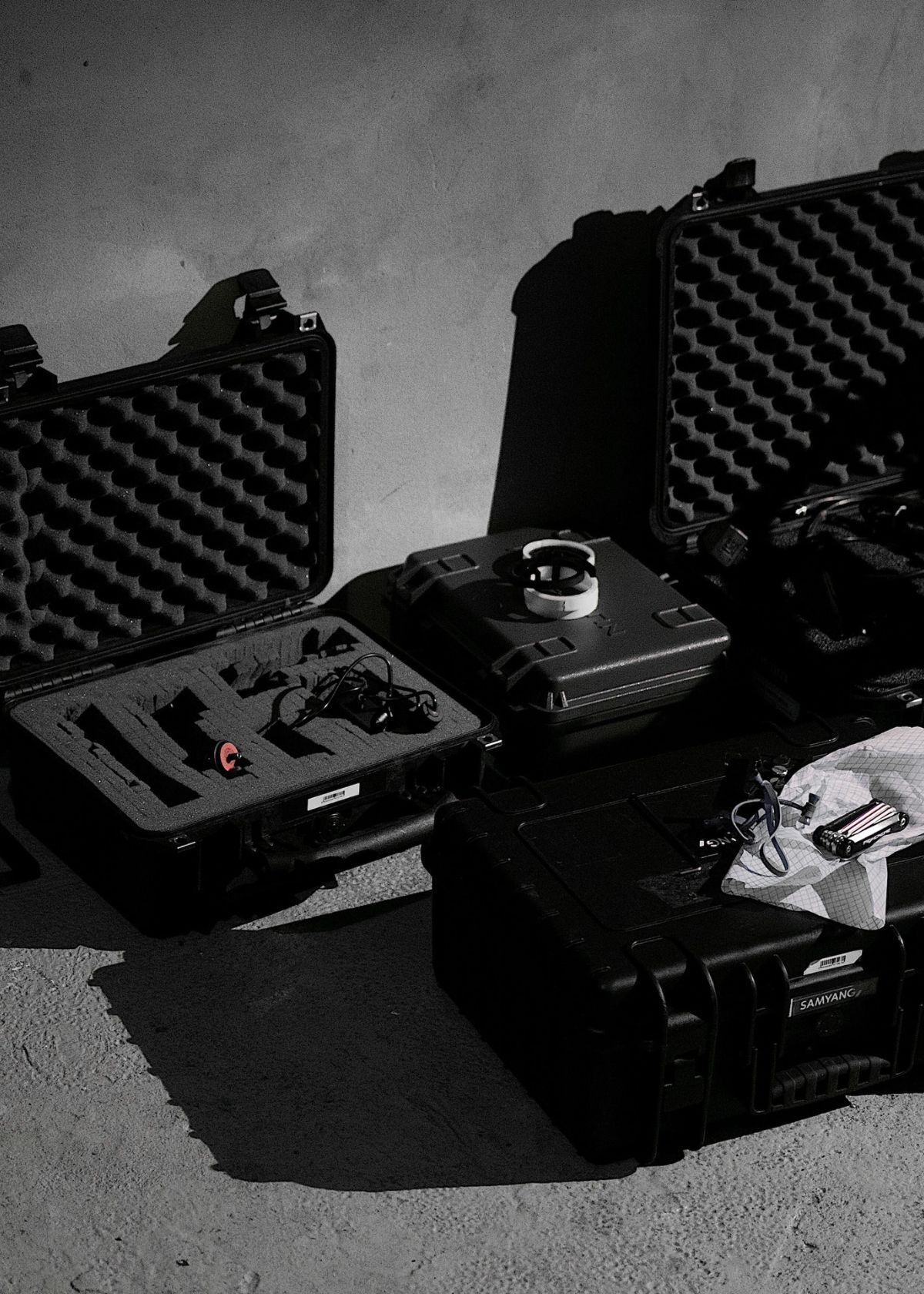
Your Friends,
LoveNatureReviews Team
